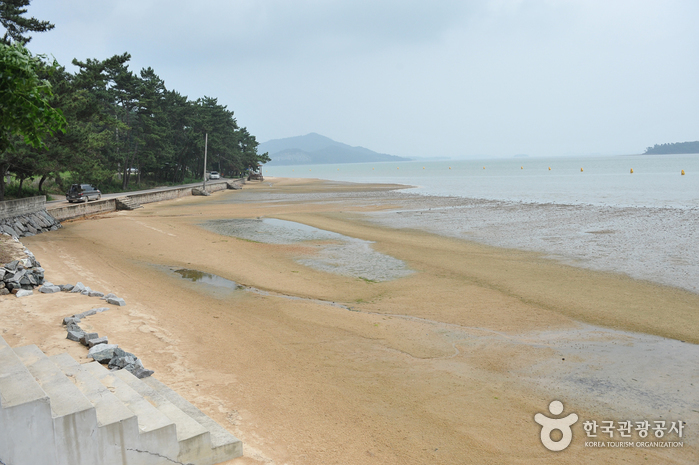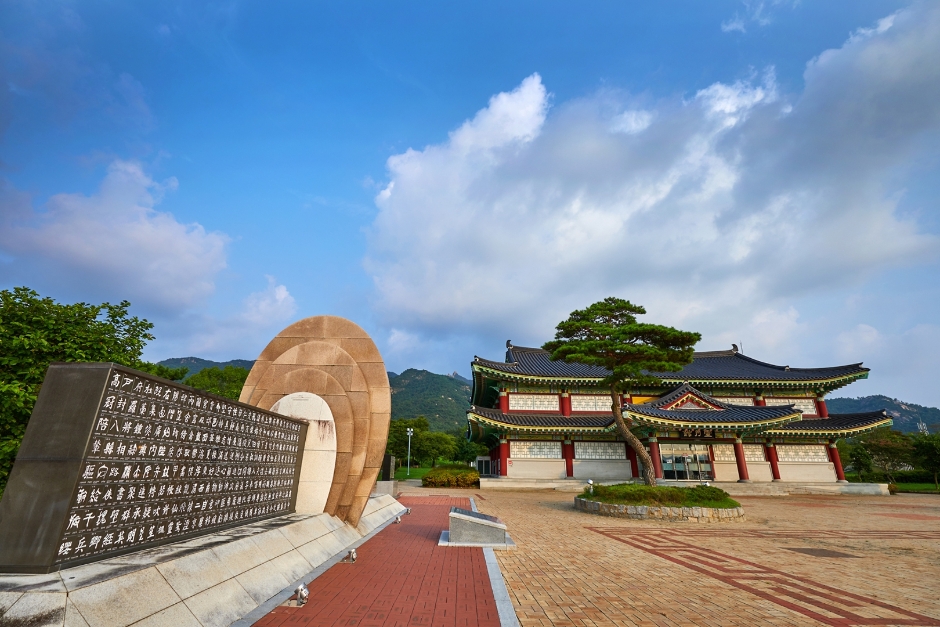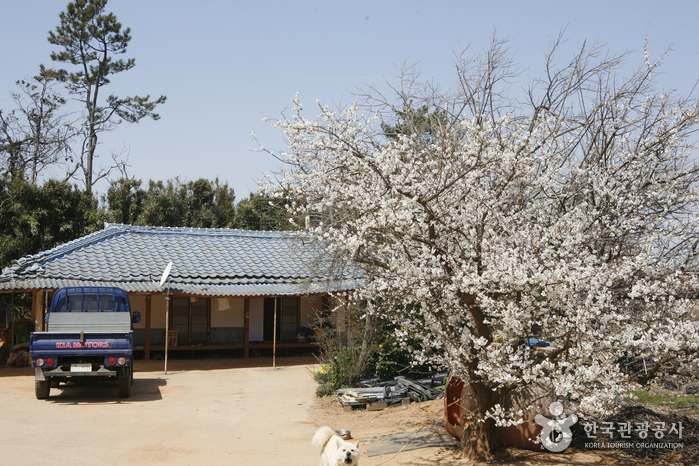Tommeori Beach (톱머리 해수욕장)
19.1Km 2021-08-11
66, Tommeori-gil, Muan-gun, Jeollanam-do
+82-61-454-5224
Tommeori Beach can be characterized by the extremes shown at high and low tides. The endless stretch of white sandy beach during the low tide and the dense black pine forest offer a spectacular view. The shallow waters and low slope make it a great vacation destination.
Muan beach hotel / 무안비치호텔
19.1Km 2025-03-18
36 , Tommeori-gil, Muan-gun, Jeollanam-do
+82-61-454-4900, +82-10-9045-7748, +82-10-3379-6656
Muan Beach Hotel, which stands on Topmeori Beach in Muan, Jeollanam-do, is a hotel-class motel where guests can enjoy the beach scene all year round. The motel offers a choice of different rooms, including a 2-person suite, a VIP room, and a condominium room of 60 pyeong/200 sq metres, suitable for a family of four. The motel has ample parking space, and is just 5 minutes away from Muan Country Club and Muan International Airport.
Historical Site of Wangin (왕인박사 유적지)
19.2Km 2024-01-10
440 Wangin-ro, Yeongam-gun, Jeollanam-do
The hometown of Wangin Baksa (Wangin the Great Scholar) is located at the foot of Munpilbong Peak to the east of Gurim Village. Due to Wangin’s importance and contributions to Korean history, this historical attraction is preserved and maintained in honor of his memory and achievements.
Seonggidong is the official birthplace of Wangin (marked by the Yuheobi memorial monument) and is also home to Seongcheon, the well Wangin is believed to have drunk from. Halfway up Wolchulsan Mountain are Chaekgul, Munsanjae and Yangsajae where Wangin is said to have studied as well as nurtured local pupils. To commemorate the significance of these areas, a memorial is held every March at Munsanjae and Yansanjae.
In front of Chaekgul is a statue of Wangin which is said to symbolize his benevolent character. Just west of Seonggidong is Doljeonggogae, a hill from which it is believed Wangin made a sorrowful look back at his countrymen before leaving for Japan.
Wangin departed for Japan from Sangdaepo, which at the time was an international trading port. The renowned Baekje scholar was beginning his journey at the request of Japanese Emperor Eungshin. He took with him ten books on the Analects of Confucius and a book of Cheonjamun, a text of one thousand Chinese characters. Over time, he earned the trust of the emperor and became instructor to the crown prince. Wangin is well-known for his part in the development of Japanese culture and his name appears often in Japanese history. Wangin educated beyond textbooks and made great contributions to the development of arts, crafts and music and is revered as the originator of Japan’s Asuka culture.
This historic site was originally reconstructed from 1985 to 1987 and is continually receiving improvements to improve accessibility for visitors.
Bohae Plum Farm (보해매실농원)
19.7Km 2020-02-06
125-89, Yedeok-gil, Haenam-gun, Jeollanam-do
+82-61-532-4959
Established in 1979 in Haenam, Jeollanam-do by the Bohae Brewery, Bohae Plum Farm (Bohae Maesil Nongwon) is the largest green plum farm in Korea. Every spring, as maehwa (apricot flower) blossoms begin to bloom on maesil (green plum) trees, the brewery opens the farm to the public, providing an opportunity to enjoy the beautiful blossoms, and also to purchase fresh plums. To this day, the brewery produces and sells various maesil products made with the plums harvested from the farm.



 English
English
 한국어
한국어 日本語
日本語 中文(简体)
中文(简体) Deutsch
Deutsch Français
Français Español
Español Русский
Русский